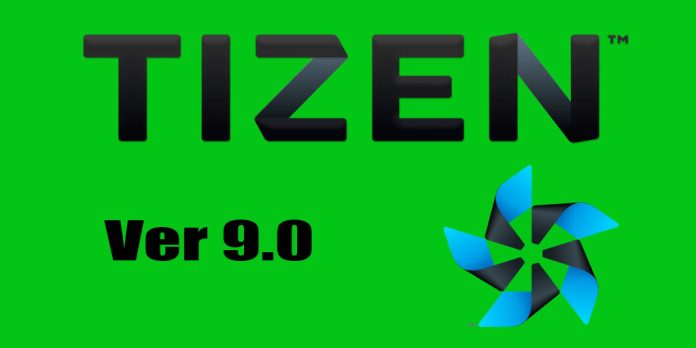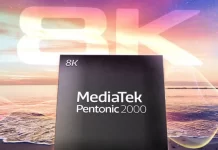Samsung continues to develop its own operating system. Although we currently only see it on TVs and monitors, the company is striving to make it more universal in hopes of licensing it for other devices — though, to be honest, that seems unlikely. The system has received improvements in performance, graphics, AI integration, and web technologies, strengthening Tizen’s position as a universal platform for modern screens and interfaces.
PenWave – Drawing Without Limits
PenWave is more than just a drawing tool. It’s a fully-fledged visual environment designed for designers, artists, engineers, and anyone who needs to express ideas graphically. The infinite canvas removes screen boundaries, while smooth rendering gives the sensation of drawing on real paper. Built-in tools quickly switch between styles — from pencil to marker, brush to pen. PenWave will be especially useful on touch-enabled devices with stylus support, such as interactive or professional displays. It’s possible that Samsung developed this feature specifically for interactive displays we may soon see.
AI Avatar – Lifelike Digital Assistants
The AI Avatar Framework pushes the boundaries of human-machine interaction. It enables the creation of digital characters with realistic facial expressions, voices, and behavioral responses. The ability to integrate external AI modules allows developers to embed specialized knowledge, voices, or behaviors into avatars. These avatars could become virtual consultants in stores, educational assistants, or characters in games and media platforms. With multilingual support, they can interact with users worldwide — naturally, clearly, and accessibly. While this feature may not be in high demand, it will remain as a nod to current trends.
Faster Response – Especially on TVs
Users of TVs running Tizen 9.0 will notice an immediate difference — the system responds more quickly, transitions are smoother, and text input feels significantly more comfortable. This is thanks to a redesigned internal event architecture: input handling no longer blocks interface updates and now runs in parallel. This approach is particularly important for interactive services — like searching in apps, entering passwords, or chatting in TV messengers. Everyday actions, such as changing channels or launching apps, now feel almost instant.
Lightweight Web Engines – Compact and Efficient
Web technologies are becoming increasingly important, even on TVs and smart devices. That’s why Tizen 9.0 introduces new web engines: LWE, Escargot, and Walrus. LWE handles all core web browsing, Escargot manages JavaScript, and Walrus optimizes WebAssembly execution. Together, they form a fast and compact engine capable of running across a wide range of devices — from premium models to budget solutions. These engines allow modern web apps to run with minimal delay and low system load. Developers gain more flexibility, and users enjoy greater convenience.
It’s ready for the demands of the future: interactive media, virtual assistants, educational platforms, and creative tools. All of this works in one space — fast, precise, and beautifully.





